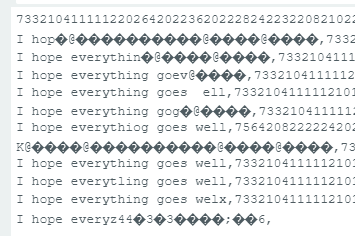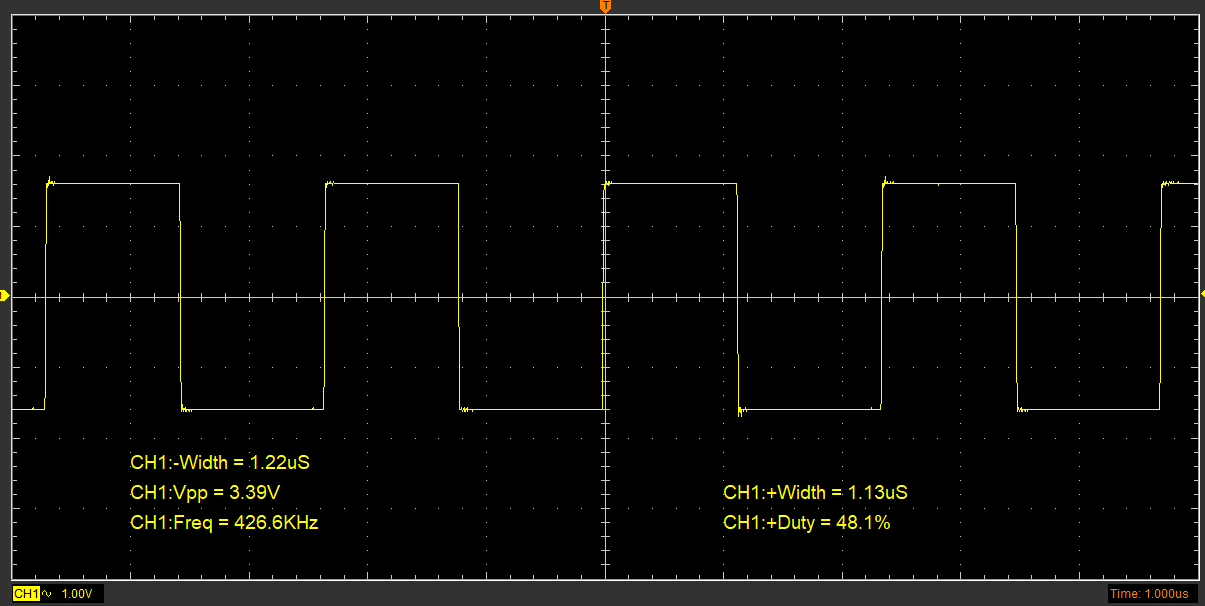When it comes to developing and deploying in the field of TinyML, there are several tools, libraries, and frameworks available to assist developers in creating, training, and deploying small-scale machine learning models on resource-constrained devices. These tools and libraries enable inference on embedded devices while also allowing for model quantization, pruning, optimization, and other operations to adapt to resource-limited environments. Here are some examples: Tools and Frameworks: TensorFlow Lite for Microcontrollers (TFLite Micro) : TensorFlow Lite, introduced by Google, is a tool for running TensorFlow models on mobile and embedded systems. TFLite Micro is a version tailored for microcontrollers and similar small devices, supporting deployment of lightweight models. Edge Impulse : Edge Impulse is a comprehensive platform for developing, deploying, and managing machine learning models on embedded devices. It offers a graphical interface for streamlined data collection, model t

